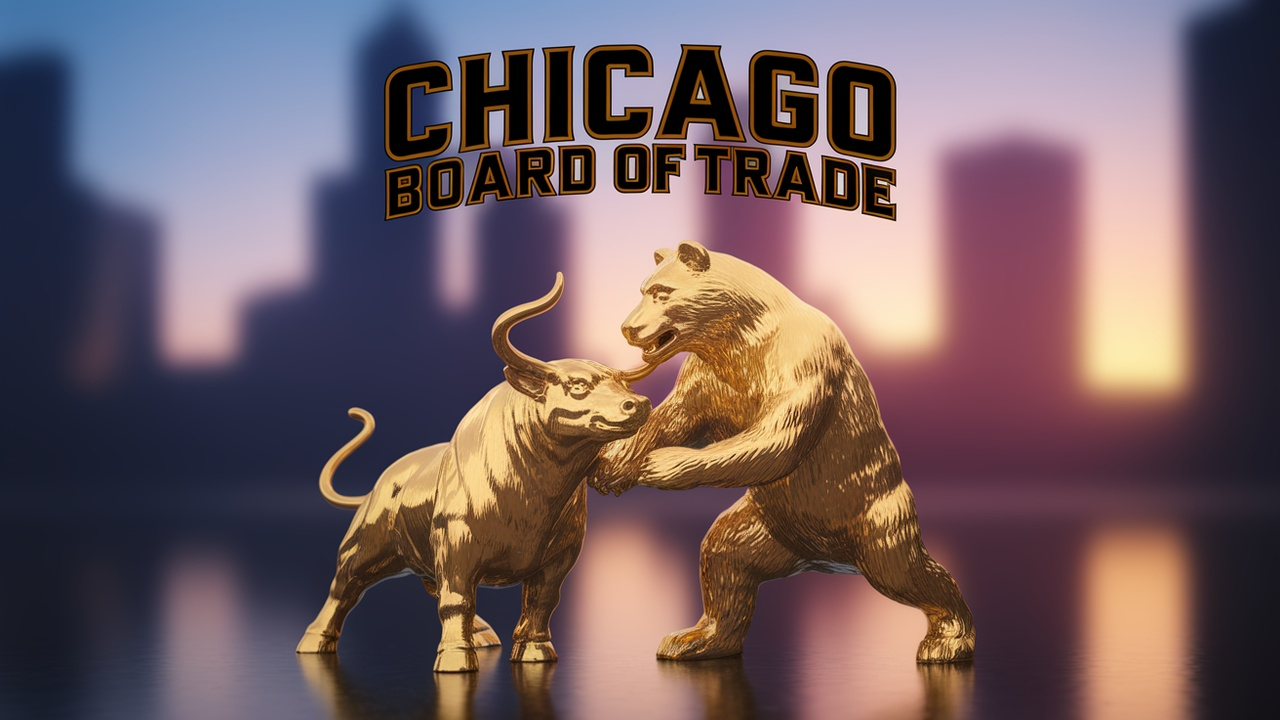CBOT Full Form - Chicago Board of Trade
by Shashi Gaherwar
0 2134
The Chicago Board of Trade: A Pillar of Global Financial Markets
The Chicago Board of Trade (CBOT) has been a cornerstone of global financial markets for over 170 years. As one of the world’s oldest and most esteemed exchanges, the CBOT influences sectors from agricultural commodities to financial instruments. Its evolution into a leader in futures and options trading underscores its vital role in shaping economies worldwide.

This article explores the CBOT’s history, its core functions, and its enduring impact on global financial markets.
A Historical Overview
Founded in 1848, the Chicago Board of Trade (CBOT) addressed the need for standardized commodity trading. In the mid-1800s, volatile prices for crops like wheat and corn plagued farmers and traders. The CBOT created a marketplace for predictable pricing and risk management. Initially focused on grain, it later expanded to include livestock, metals, and energy products, pioneering futures contracts that transformed global markets.
The Birth of Futures Contracts
Futures contracts are the backbone of CBOT operations, obligating buyers and sellers to trade an asset at a set price on a future date. Introduced in 1865 for wheat, these contracts enabled price speculation and hedging against volatility caused by weather or harvest yields. The CBOT later expanded to corn, oats, and financial instruments like stock indices and interest rates, cementing its role in global finance.
The Merging of CBOT and CME
In 2007, the CBOT merged with the Chicago Mercantile Exchange (CME), forming the CME Group, the world’s largest derivatives exchange. This merger broadened offerings to include equity indexes, fixed income, and energy contracts. The CBOT remains a leader in agricultural commodities like soybeans and coffee, as well as financial futures such as Treasury bonds, vital for global investors.
The Role of CBOT in Modern Markets
The CBOT’s influence on modern markets is profound, providing platforms for:
- Price Discovery: Facilitates transparent pricing for commodities and financial assets.
- Risk Management: Enables hedging against price volatility for producers and investors.
- Speculation: Allows traders to profit from price movements without owning assets.
- Financial Risk Mitigation: Offers futures on interest rates and stock indices to manage market risks.
Agricultural producers lock in crop prices, while institutions use financial futures to hedge currency or equity risks, ensuring economic stability.
Technological Innovations and the Future of CBOT
The CBOT has embraced technological innovation, shifting from open-outcry trading to electronic platforms like CME Globex. This transition enhances efficiency and global accessibility. The CBOT’s focus on digital trading positions it to meet growing demands for risk management tools in interconnected economies, ensuring its relevance in future markets.
The Chicago Board of Trade (CBOT) is a testament to the enduring importance of futures markets. From its origins in grain trading to its current role in global finance, the CBOT drives price stability and risk management. As it adapts to technological and market changes, the CBOT remains a dynamic force, shaping the future of global trade and financial innovation.
Further Learning Resources
If you’re passionate about building a successful blogging website, check out this helpful guide at Coding Tag – How to Start a Successful Blog. It offers practical steps and expert tips to kickstart your blogging journey!
For dedicated UPSC exam preparation, we highly recommend visiting www.iasmania.com. It offers well-structured resources, current affairs, and subject-wise notes tailored specifically for aspirants. Start your journey today!

Share:








Comments
Waiting for your comments